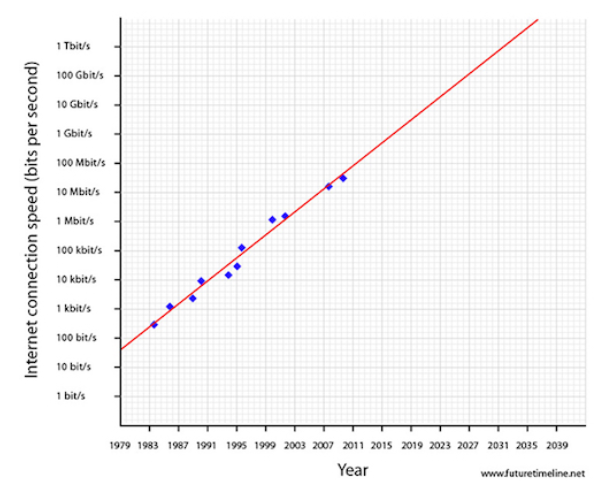In the past, access platforms have been differentiated based on speed and cost per passing or cost per customer. Going forward, they might also have to be differentiated based on total bandwidth consumption, in addition to speed and cost per customer or cost per passing.
In the past, hybrid fiber coax has proven more economical as a fixed network platform than fiber to the home. Fixed wireless has been more affordable than FTTH. But that changes as consumption increases, AT&T argues.
And many service providers--including cable TV companies who have used HFC--concede that, eventually, FTTH becomes an affordable way to keep boosting speeds beyond multi-gigabit ranges.
For AT&T, once sustained data consumption per user approaches 250 gigabytes per billing period, FTTH economics get progressively better, since FTTH costs less to continually upgrade for higher speeds.
As always, that assumption is based on AT&T’s total cost structure, the scale of its operations, capital structure and business model. Other internet service providers might have different options, for a longer period of time.
That is especially true for some firms such as T-Mobile and Verizon that have no realistic opportunities to install FTTH nationwide, and whose prospects in the home broadband market are based on use of fixed wireless.
Consumer willingness to pay, plus consumption profiles, do vary quite a lot. So for some, the issue is which segments of the market can be served by wireless, and which require FTTH.
For T-Mobile and Verizon, the issue is how well, and how long, fixed wireless and mobile access platforms can keep growing speeds and capacity fast enough to continue serving half the market.
For cable operators the choices are how long to keep enhancing the HFC platform and when the switch to FTTH makes financial sense.
AT&T passes about 57 million homes and considers about 50 million of those locations suitable--eventually--for FTTH. But that still leaves seven million locations where FTTH might not make sense. By 2025, AT&T expects to pass about 30 million consumer locations using FTTH, a bit less than 53 percent of total home locations.
But even AT&T, which focuses on fiber for business customers, will see fixed wireless growth. AT&T cash flow from fixed network business customers is expected to rely heavily on cash flow from FTTx and fixed wireless services.



